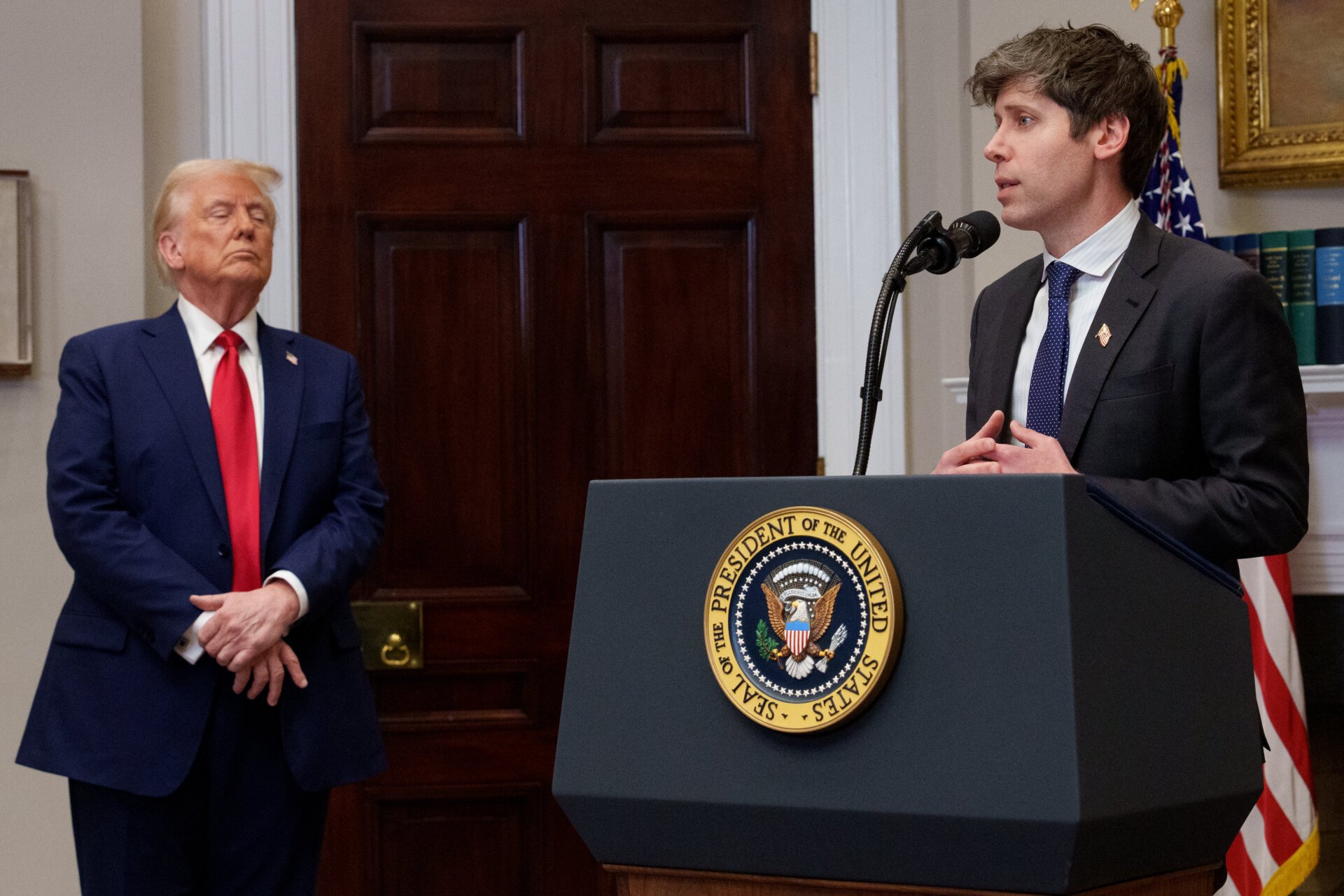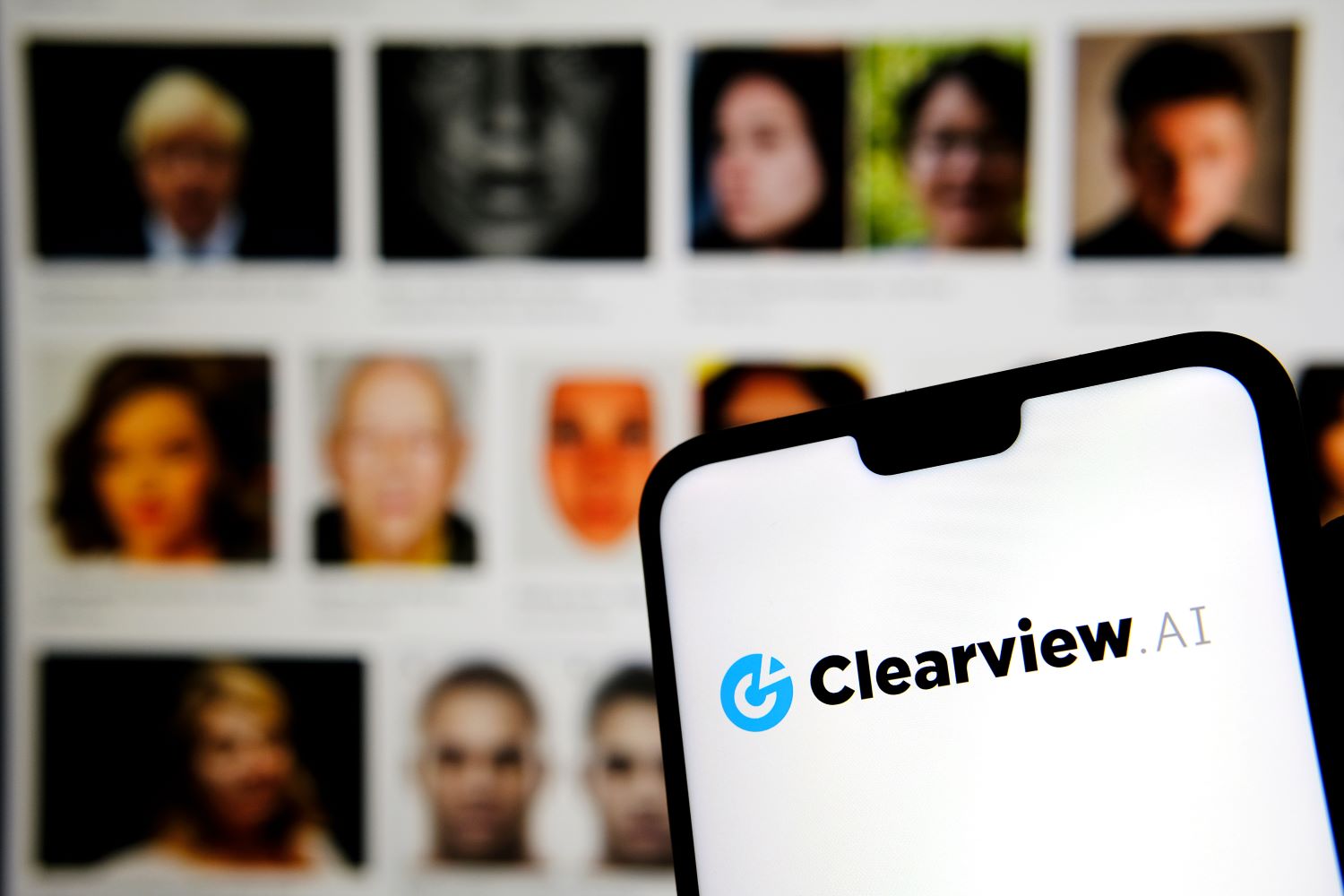The recently announced Stargate data center project, a massive undertaking designed to power AI systems for OpenAI, has generated significant buzz. Partnering with Oracle and SoftBank, the project aims to raise $500 billion over the next four years to build data centers across the U.S., starting with a site in Abilene, Texas, comparable in size to New York’s Central Park. However, amidst the fanfare and lofty promises of economic growth, questions arise about the actual job creation potential of this ambitious venture.
Stargate’s first data center in Texas, despite its enormous scale, plans to employ a surprisingly modest workforce. According to documents reviewed by Bloomberg, the facility intends to hire “at least” 57 full-time employees with an average annual salary of $57,600. This figure starkly contrasts with President Trump’s declaration that Stargate will create “over 100,000 American jobs.” This larger number appears to be a speculative estimate of indirect job creation within the broader AI industry, fueled by the increased computing capacity provided by the data center. The methodology behind this estimate remains unclear.
This discrepancy between projected direct and indirect job creation echoes past practices of tech companies, particularly Apple, which has defended its App Store fees by highlighting the number of indirectly employed individuals in the U.S. app development ecosystem.
Analysis of existing data centers in Texas reveals a similar trend of limited direct employment. Microsoft, for instance, employs only 325 people across its Texan data centers, although employment numbers swell into the thousands during the construction phase. A report indicates that building new data centers typically requires approximately 11.8 million work hours and over 2,892 jobs during peak construction.
Such inflated job creation figures are often leveraged by tech companies to secure lucrative tax breaks. Stargate, for example, has received an 85% discount on its property taxes for two decades of operation in Abilene. This practice raises concerns about the true economic benefits of these projects for local communities.
Beyond employment concerns, data centers also face scrutiny for their environmental impact. Their substantial energy consumption strains power grids, and the visual impact of these massive, often aesthetically unappealing structures has drawn criticism from residents in affected communities. President Trump’s commitment to expedite the construction of co-located power plants, including coal-powered facilities, further exacerbates these environmental anxieties.
The tech industry’s embrace of the current administration’s relaxed AI safety regulations and focus on outcompeting China in AI dominance, despite uncertain returns on investment and potentially detrimental trade-offs in other sectors like electric vehicles, adds another layer of complexity to this narrative. Tech leaders, including OpenAI CEO Sam Altman, frequently emphasize the national security threat posed by China’s AI advancements, though self-interest may play a role in these pronouncements.
In conclusion, while the Stargate project promises to significantly expand AI computing capacity, its direct job creation potential appears modest compared to the grand pronouncements surrounding its launch. The focus on indirect job creation and the potential environmental and community impacts warrant careful consideration as this ambitious project unfolds.











